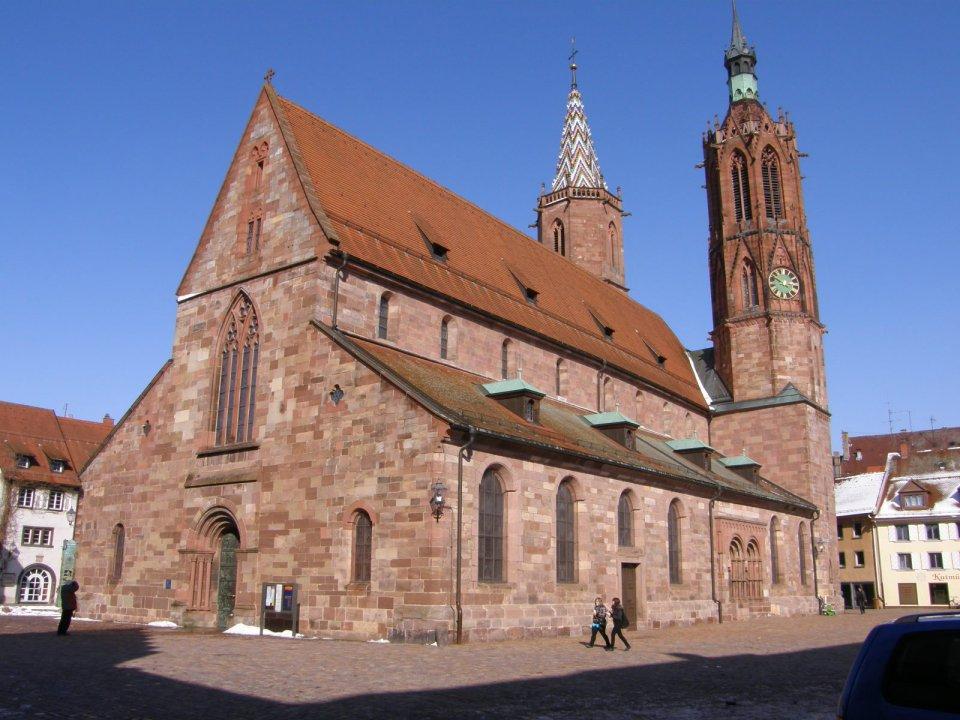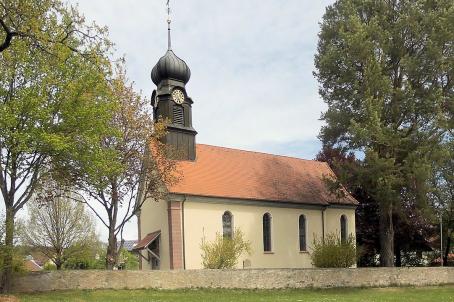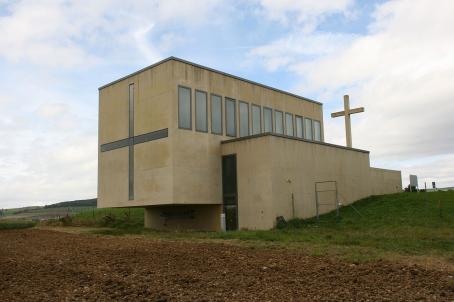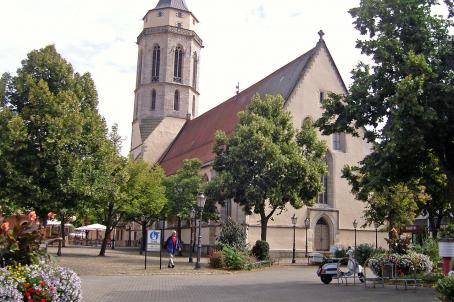Villingen Cathedral
Villingen Cathedral was begun in 1130 in the Romanesque style and completed in 1284 in the Gothic style, but it was later enlarged due to the fire of the town of Villingen in 1271, which had destroyed part of the cathedral. Two 50-metre high towers were added in the 15th and 16th centuries.






